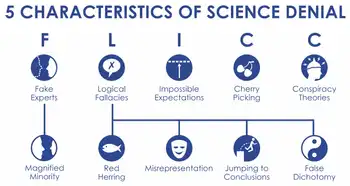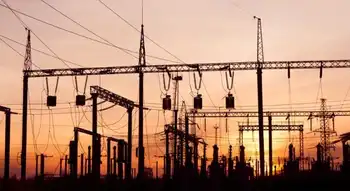Re-refining used transformer oil is SUPERfine
By Electricity Forum
Protective Relay Training - Basic
Our customized live online or in‑person group training can be delivered to your staff at your location.

- Live Online
- 12 hours Instructor-led
- Group Training Available
This will prevent the oil from reaching secondary markets, where typically it is burned as fuel, and thus eliminate nearly 10 million pounds of carbon dioxide.
John Gunn, Chairman of Hydrodec commented: “This agreement will provide Hydrodec with a significant amount of feedstock for our operations and shows acceptance of the Hydrodec technology as well as its green credentials in the United States. We are delighted that Con Edison selected Hydrodec to recycle its spent transformer oil which will, in turn, allow us to supply our US transformer manufacturing customers with SUPERfine.”
Con Edison operates one of the most complex electric power systems in the world. It is also the world's most reliable, since fewer customers experience fewer outages for shorter periods of time compared with other utilities. The company delivers electricity to more than 3 million customers through a huge transmission and distribution network. Con Ed has built the world's largest system of underground electric cables to accommodate the congested and densely populated urban area it serves. The system features approximately 94,000 miles of underground cable. Con Edison's nearly 36,000 miles of overhead electric wires complement the underground system.
“Con Edison relies on hundreds of thousands of gallons of high quality transformer oil for the efficient and reliable operation of our electrical equipment in New York City and Westchester County,” said David P. Roche, a senior scientist in the company’s environmental health and safety group. “Once the transformer oil becomes degraded, it is removed and replaced. In the past, our used oil was burned for its fuel value. Committing to eliminate this practice, Con Edison chose Hydrodec to help manage our used oil in a sustainable way. By supplying our oil to be safely re-refined by Hydrodec, our environmental stewardship is maximized, conserving a valuable petroleum resource and providing a sustainable, high quality transformer oil to the electric industry."
Thanks to Hydrodec, it’s now possible to truly recycle used transformer oil in a new and environmentally friendly manner. The company’s proprietary technology converts used transformer oil into new SUPERfine transformer oil — a chemical contaminant-free product that meets and usually exceeds all industry standards for new transformer oil. SUPERfine can be recycled again and again, giving utilities a sustainable, recyclable, reliable resource.
HydrodecÂ’s patented technology and industry-leading expertise provide next generation carbon efficiencies and environmental sustainability benefits to customers and communities alike.
· Greenhouse Gas Savings: Each ton of transformer oil refined through the Hydrodec system represents a direct reduction in CO2 emissions.
· Resource Conservation and Independence: Each ton of oil refined through the Hydrodec system helps conserve more than one ton of limited global crude oil reserves. Conservation of crude oil also represents a further net savings of CO2 by avoiding the new oil refining process.
· Fewer Hazardous Chemicals: Each ton of transformer oil refined via Hydrodec technology significantly reduces the emission of Polychlorinated biphenyls (PCBs), PCB-like chemicals and Dioxin into the atmosphere. Thanks to Hydrodec’s focused low emission process, SUPERFine Oil avoids crude oil refining wastes; refining by-products such as wastewater and air emissions; and secondary fuel incineration emissions.
“We’re seeing strong demand for our SUPERfine oil,” said John Cowan, President of Hydrodec North America. “This agreement provides us with a significant amount of ‘feedstock’ to allow us to meet our customer’s needs.”











